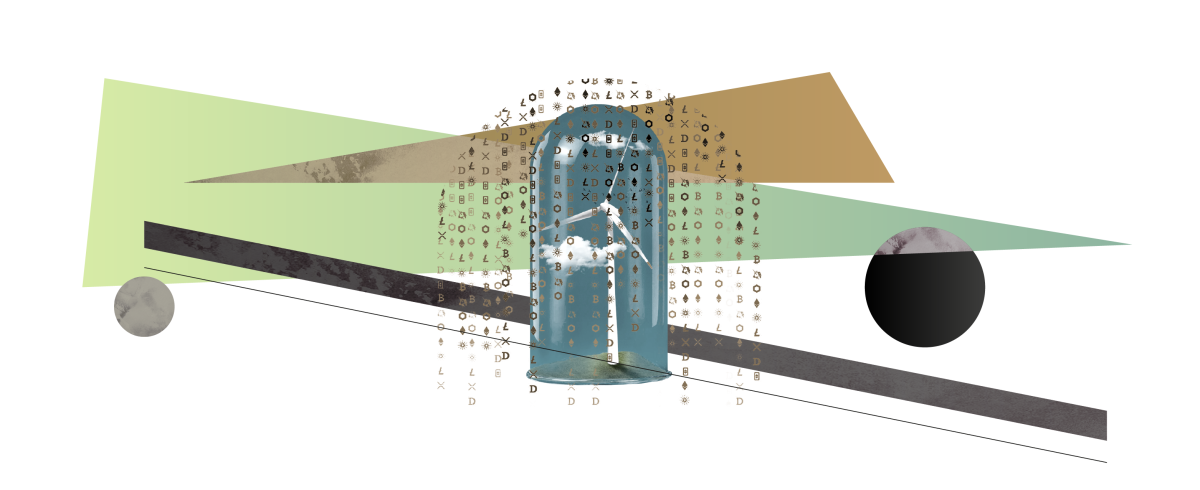How exactly does NFT affect the environment?

Today, the world is celebrating Earth Day, so we want to discuss the ecology of our planet, and which role NFT plays in this. Cryptocurrency energy consumption and its impact on the environment have recently become a topical subject.
On this page
Over the last few years, the phenomenon of non-fungible tokens has spread around the globe, so the popularity of NFT only deepens environmental issues. But what exactly is meant by the operation of new technology? How does NFT work? The non-fungible token uses blockchain technology to validate digital asset ownership. So NFTs are cryptographic digital assets that have unique identification codes and metadata that make them work a little differently than cryptocurrencies. Simply put, it is impossible to create two identical NFTs. One bitcoin is equal in price to another bitcoin, because this cryptocurrency is identical in its structure.
NFT is creating a new market and new forms of investment, because now creators can interact directly with their audience. So what impact does NFT really have on the ecology of our planet? Normally, NFT uses the Ethereum blockchain. When you buy NFT on this blockchain, you send Ether to the owner or marketplace, which is operating the transaction. Next, the buyer receives NFT in his/her wallet. The part of the payment also includes a “gas fee” or transaction services. The direct impact on climate is related to the process of creating NFT. Like the Proof-of-work (PoW) cryptocurrency mining process, NFT minting is very energy intensive and requires a lot of electricity. This method facilitates the release of carbon dioxide into the atmosphere. NFTs themselves do not have an impact on the environment, but the way they are made can have significant environmental consequences. Normally, the location of the NFT determines how much energy will be required for the minting process. For example, if a user chooses to create an NFT object on OpenSea, which operates on the Ethereum blockchain, it will be energy-intensive because of the PoW mechanism. Buying NFT using the PoW method leads to the token being minted by cryptocurrency miners, which primarily involves huge computing resources. After receiving NFT, you can keep it or transfer it to another person, but if the transaction takes place on another marketplace, the PoW process will repeat. One NFT transaction on the Ethereum platform emits almost 150 kilograms of carbon dioxide.
But it is worth noting that there is a more environmentally friendly method of NFT minting, such as proof-of-stake (PoS), which is already used by several blockchains that support NFT, such as Cardano and Solana. Ethereum is currently working on moving to Proof-of-Stake, which is planned for this summer. PoS consumes less power than PoW, as this method does not require significant use of computer equipment and power. Miners who use proof-of-work consume electricity while trying to mine a block, and validators who contribute to the blockchain are required to bet. Implementing the stacking requirement for blockchain validators is a way to protect the blockchain without requiring networkers to consume excessive energy. As a result of the proof-of-stake method, miners block a certain amount of cryptocurrency, which gives them the ability to confirm the next block on the blockchain, making computing power irrelevant.
But this is not the only way to reduce the harmful effects of NFT on the environment. For example, the use of more renewable energy sources for the mining process, but this will lead to the excessive pressure on the electricity grid. And it’s better to direct renewable energy to more urgent needs. Another solution to the problem may be the use of a second layer on top of the blockchain. This will allow transactions to take place outside the blockchain, processing their data simultaneously within one large transaction on the blockchain itself. There are a variety of “Layer 2” solutions for all types of blockchains. One of the most famous is the Bitcoin Lightning Network.
The content on The Coinomist is for informational purposes only and should not be interpreted as financial advice. While we strive to provide accurate and up-to-date information, we do not guarantee the accuracy, completeness, or reliability of any content. Neither we accept liability for any errors or omissions in the information provided or for any financial losses incurred as a result of relying on this information. Actions based on this content are at your own risk. Always do your own research and consult a professional. See our Terms, Privacy Policy, and Disclaimers for more details.

























